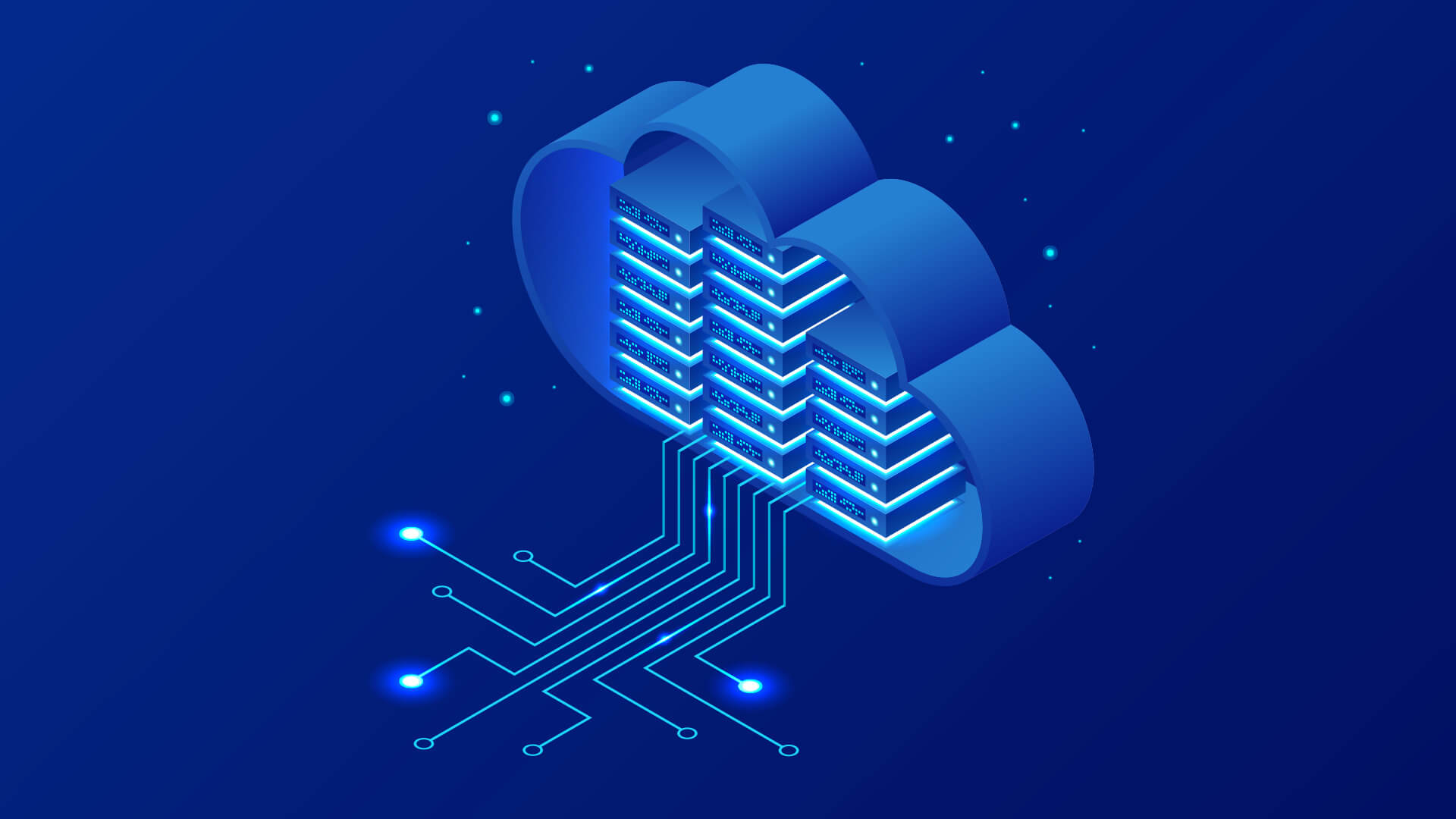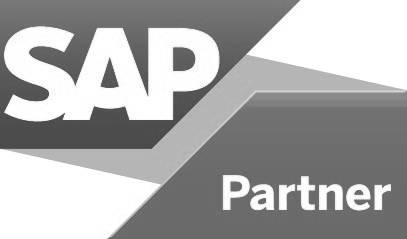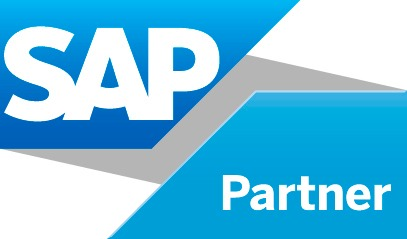With the cloud offering sustained secure business value, the high adopters are reaping the best benefits. The cloud helps monetize data, increase operational efficiencies and drive increased customer satisfaction. The deep strategic value offered through proven business agility has given the first adaptors the chance to experiment and innovate further for business transformation.
There are some key questions organizations got to think about when looking to migrate to the cloud. Is there a cloud transformation strategy in place for firming up the cloud migration roadmap? Is transformation blueprint aligned with the organizations strategic and business objectives?
Let’s just take a fast checkout what cloud transformation is all about, the necessity for a cloud strategy and therefore the different cloud migration strategies that organizations leverage for cloud adoption needs.
Cloud Transformation
Simply, cloud transformation would mean migrating your workloads to the cloud with the target of enabling the business to be more agile and responsive. It might require mindset that change with people, process and technology, ready to embrace a replacement operational model.
The real value of cloud transformation lies within the organization to be able to answer changing market dynamics, embrace technology innovation and stay ahead in the competition.
Why does one need a cloud strategy?
Cloud transformation may be a continuous process of improvement, evolving with best practices and emerging technologies. There’s an ever increasing need for organizations to find out from failures and be one with best practices and emerging technologies.
The strategy roadmap should think about crucial enablers like cost, availability and security and align with the business objectives of agility, flexibility, productivity, resilience and growth. It is sensible to seem at current state of the on-premise infrastructure, the specified state to be achieved, interlocked dependencies, the associated risks and an exit strategy.
The cloud strategy during a sense should be a live plan that gets updated as and when the digital infrastructure and therefore the company goals evolve.
Cloud Transformation Journey
Your cloud transformation journey comes at a price and its imperative for businesses to possess a continuing view of how these investments gets realized. Beyond the excitement, there’s a gestation period of time for ROI that needs expectations to be set right. Also moving to a cloud strategy also entails re-skilling of experience at the workforce levels and therefore got to constantly train and upgrade to stay abreast on the technology front. A comprehensive cloud readiness assessment which will check out the whole value chain is invaluable.
Cloud Transformation – Migration strategies
With the proper cloud transformation strategy, the cloud journey can cause digital transformation that positively impacts revenue growth and customer experience. Once you’ve got made the choice to migrate from on-premise to a public, private or hybrid cloud, the commonly known 6R’s are the migration strategies that you simply would bank on.
Rehosting
With least upfront costs, this migration plan just moves a particular copy of the present environment into the new and requires lesser time and fewer resources. It doesn’t cash in of the scalability and power of the cloud and is the simplest approach to cloud migration.
Replatforming
This might involve a couple of code modifications or addition of latest features or legacy modernization to profit from the new cloud infrastructure. It is often a price effective approach. The core architecture of the appliance remains an equivalent during replatforming.
Refactoring
This approach involves an entire re-look and re-architecting the application that fits to the cloud landscape. The code is modified to leverage cloud capabilities like auto scaling and applications are often optimized for higher performance. Though time consuming and resource demanding, it can cash in on the complete potential of the cloud environment.
Replace
For organizations that need to affect changing application requirements or find that an application cannot be useful during the cloud readiness assessment might like to buy an off-the-shelf product or go the SaaS route and replace the code. This approach takes the route of retiring anything that’s underutilized and these workloads aren’t migrated.
Repurchase
This approach involves moving from an on-premises environment to a SaaS platform which will release time and resources to spend on an applications maintenance. This this will lower the prices of maintenance and cause a quicker and easier path to upgrades for the organization taking advantage of a totally managed solution.
Retain
There are often best practice scenarios where some applications may need to wait for their turn in getting transitioned to the cloud. It might be a strategic reason, regulatory compliance, legacy nature or there could be added complexity for the asset to be moved. There could also be retained and revisited later to support organizational goals.
Automation
Cloud migration requires meticulous planning beforehand. Execution is of paramount importance. That’s where automation are often your knight in shining armor.
Your business cases for cloud adoption will determine the perfect migration strategy and approach. Replatforming is one among the foremost popular approaches in recent times. Choosing the proper tools for application replatforming does matter.
Automation totally drives the whole ETL code conversion, database schema transformation, data and reports movement that reduces time, efforts and price involved by over 60%.
Conclusion
A comprehensive cloud strategy that addresses the priorities perfectly can remove the complexity related to the migration process. The cloud is often a catalyst for digital transformation, its cost and work efficacies, and scalability resulting in newer business models. Framing a cloud transformation strategy that mirrors your enterprise unique business goals can pave the way for unlocking true business value within the short, mid and future.






































































































































































